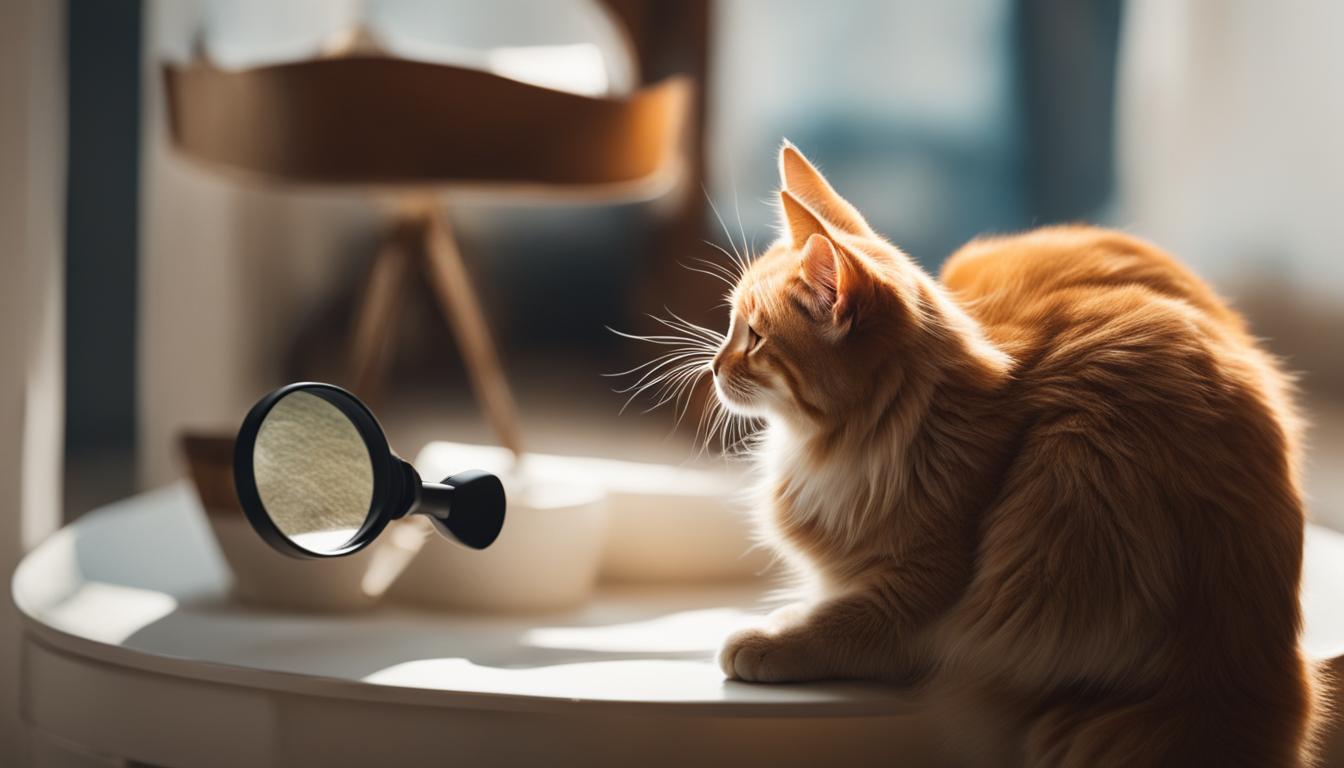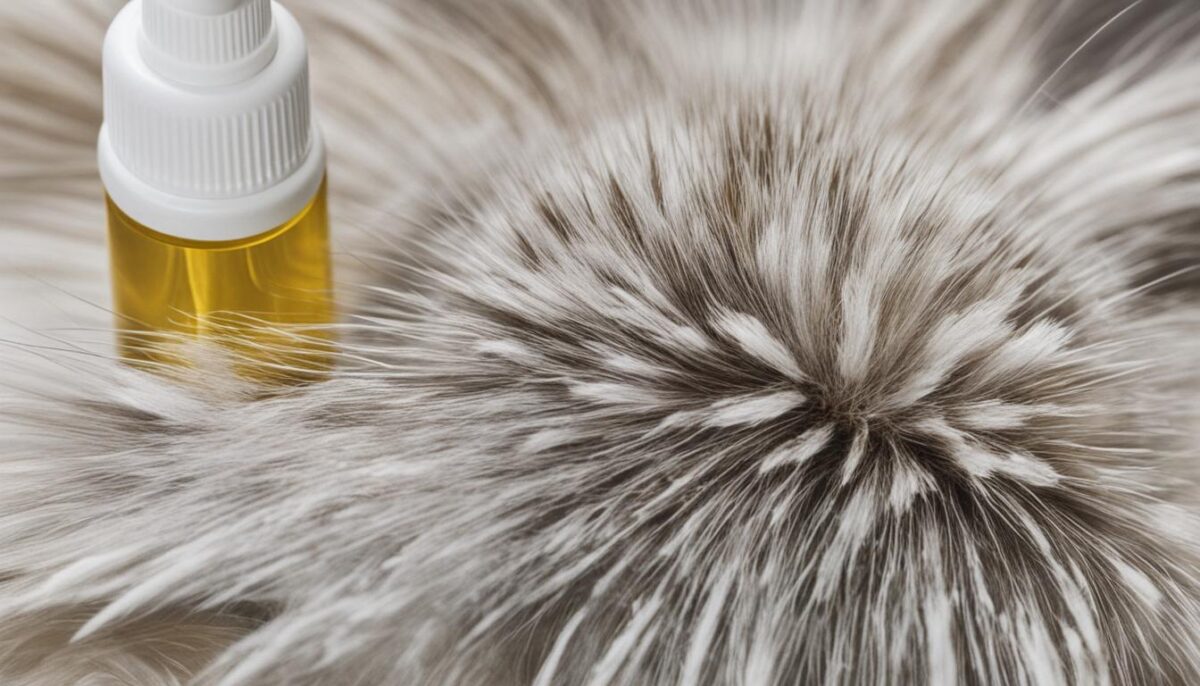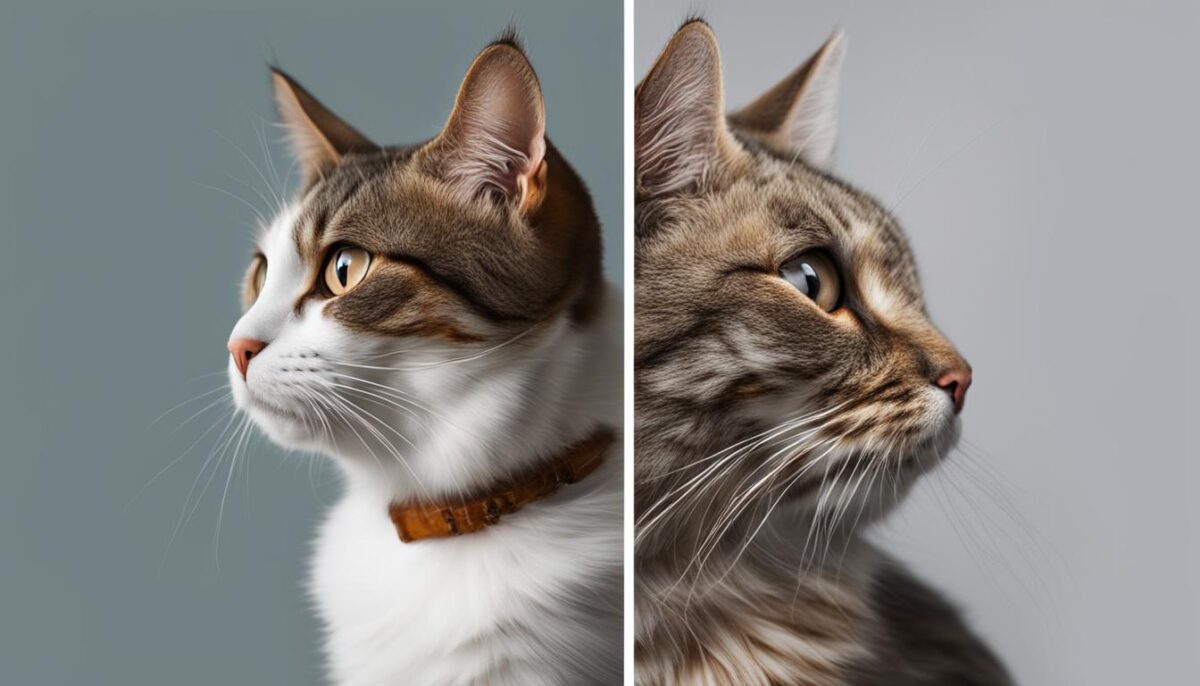Hey there! Have you ever wondered if your furry cat friend can get lice like kiddos can? Well, cats can indeed get lice, but it’s a different kind only for them. Your cat’s little bugs won’t like living on you, and the ones you might get don’t like living on cats. Keep reading, and you’ll learn lots about **feline lice**, **lice in cats**, and how to **prevent lice**. Let’s make sure your pet stays happy and healthy!
Key Takeaways
- Cats get their very own kind of lice.
- People lice and cat lice are not the same.
- Lice on your cat do not mean they’re not clean.
- You can’t catch lice from your cat.
- There are special ways to keep your cat safe from lice.
Understanding Lice and Their Hosts: Cats Versus Humans
Imagine you’re in a world full of tiny bugs! Now, not all bugs are the same—some like certain animals, and some like people. When we talk about lice, there are many different kinds, but each one picks a special friend to stick with. Let’s learn more about these tiny buddies and who they like to hang out with.
Characteristics of Different Lice Species
Do you know there are over 3,000 types of lice? That’s a lot of different bugs! Each one is quite special. They choose their favorite animals to live on, like a cat or a dog, or a person. Lice species are very picky and like to stay where they feel happiest.
One lice buddy that likes to live on people’s heads is called Pediculus humanus capitis. But you won’t find this little guy on your fluffy cat or dog because he’s host specific. That means he only likes humans!
Why Cats Don’t Get Human Lice
Ever wonder why your kitty cat doesn’t scratch its head like you do when you have lice? It’s because the Pediculus humanus capitis that likes your hair doesn’t like your cat at all! Cats have their own type of lice, who think that cats are the best friends for them.
These little bugs have rules, and they don’t like to break them. They don’t jump from cats to you or from you to cats. They stay where they belong. If you’ve heard someone saying that human lice can move to your pets, well, it’s not true. They’re just too picky!
So, remember, you don’t need to worry about giving your lice to your pets or getting lice from them. You both have your own, very host specific lice buddies!
Can Cats Get Lice? Debunking Common Myths
Hey there! So, you’re wondering about cat lice myths and pet health misconceptions, right? Let’s clear things up. Cats do get lice, but it’s not like the lice we know. They are picky bugs that choose only cats. And guess what? These bugs have nothing to do with dirtiness or bad homes. Lice just happen sometimes, even when you take really good care of your kitty.
People often hear things that aren’t true. For example, some think that humans can give lice to cats. That’s not the case! Lice are very specific about who they hang out with, so human lice can’t live on cats and cat lice can’t live on humans. It’s important to know the facts, so you take the right steps to help your cat if they ever get lice.
| Myth | Fact |
|---|---|
| Cats get lice from dirty environments | Lice can appear on cats regardless of how clean their environment is |
| Human lice can infest cats | Cat lice are different and don’t switch between humans and cats |
| Lice are common in cats | Cat lice are not as common as you might think |
So next time you hear someone say something about cat lice that doesn’t sound quite right, you’ll know the truth. Keeping your pets healthy and happy is what’s most important.
Identifying Lice Infestation in Your Cat
Keeping an eye on your cat is key to stopping those itchy pests in their tracks! Learning the signs can help your kitty stay happy and healthy. Let’s take a look at what to watch for in your furry friend.
Common Symptoms of Lice in Cats
Is your kitty scratching more than usual? That’s a big hint they might have symptoms of lice. Here’s what else you should look for:
- Rough or matted fur
- Hair loss in some spots
- Small sores or bumps on the skin
Remember, scratching a lot doesn’t always mean lice. But if you see these signs, it could be a cat lice infestation.
Understanding the Appearance of Lice and Nits
Lice and their eggs, also called nits in cats, have a specific look:
Your cat’s coat might have tiny, pearly white dots – those are the nits. They like to stick by the base of your cat’s hairs. Real lice are a bit bigger and sort of tan or brown. They move slowly, so you can spot them if you look closely.
By staying alert to these hints, you can catch those lice early and help your cat get rid of them fast!
Safe and Effective Treatments for Feline Lice
Treating cat lice may seem tough, but it’s really not! When your cat gets these tiny bugs, it’s time to act fast but carefully. You want them gone, right? Well, there are special insecticides for cats that your vet will suggest. They are like super heroes that help fight off the lice. And remember, only use what’s safe for kitties!
Imagine putting on a raincoat that keeps you dry in a storm. That’s sort of what these treatments do for your cat. They help protect your cat’s skin and hair from lice. Using feline lice treatment means your furry friend will be itch-free and happy. But never use products for humans or dogs on your cat. That’s a big no-no!
Let’s break down the safe shampoos and medicines your vet might talk about:
- Special shampoos that are gentle on your cat’s skin. They help wash away lice.
- Creams or sprays that you put right on the lice. Bye-bye bugs!
- Oral medicines that are easy to give. Your cat eats them up, and the lice leave.
| Type of Treatment | How to Use | Expected Effect |
|---|---|---|
| Shampoo | Wet your cat’s fur, lather up, wait, and rinse off carefully | Clean fur and no lice |
| Cream/Spray | Apply on the spots where you see lice or nits | Lice can’t stay; they go away |
| Oral Medicine | Mix with food or give as a treat | Works from the inside to clear out lice |
Always follow the directions and use the right amount. It’s like following a recipe to make sure your cupcakes turn out sweet and yummy!
So, if your cat is scratching or seems bothered by bugs, check with your vet. Together, you’ll kick those lice out and keep your kitty purring and cozy. You’ve got this!
Maintaining a Lice-Free Environment for Your Feline Friend
Got a cat? Want to keep them happy and lice-free? It’s not just about giving them treats and playtime. You have to make sure their bedding and toys are super clean, too. When you wash and keep their stuff lice-free, your cat will be thanking you with lots of purrs!
When we talk about pet bedding hygiene, it’s a big deal for keeping those icky lice away. It’s like how your mom or dad tell you to wash your hands to keep germs away. So, for your furry ball of love, washing their bedding is like them washing their hands. If you have more than one kitty, you’ve got to treat all of them, even if you don’t see lice on some. It’s all about making your home a lice-free place for every pet you have.
- Wash all bedding in hot water
- Clean all the toys and play areas
- Treat all your cats, not just one!
Remember, lice don’t want to live just anywhere. They love things that haven’t been cleaned in a while. So, make sure to clean up any place your kitty likes to nap or play.
Keep up the good work, and your cat will be living the good life without lice bothering them. Clean bedding, clean toys, and a happy cat—that’s what we want! Keep it all sparkly clean, and the lice will say “nope” to your home.
Human Versus Pet Lice: Understanding the Differences
Did you know that lice that live on pets are not the same as the ones that can live on humans? It’s true! Lice are very species-specific parasites, which means they usually prefer to stay with either humans or animals. Don’t worry if your fluffy friend gets lice, it’s not something they can pass to you or you to them.
How Pet Lice Differ from Human Lice
Pet lice love living on pets, and human lice want to live on humans. This is because they need different kinds of blood to survive. So, if you get lice, you can’t give them to your pet, and your pet can’t give them to you. This is good news because it makes treating lice a bit easier.
The Importance of Species-Specific Treatments
Since lice are species-specific, the treatments for getting rid of them are special too. You always want to make sure you get the right treatment for the right type of lice — human vs pet lice. Your doctor can help you if you have lice, and your pet’s vet can help them if they have lice. Using the wrong treatment won’t work and could be harmful.
Prevention Tips to Keep Your Cats Safe from Lice
Want to make sure your furry friend stays lice-free? There are easy tips you can follow to keep those pesky bugs away from your kitty. Lice prevention in cats is all about taking care and using the right stuff. Here are some pet health tips for avoiding cat lice.
- Talk to your vet about special lice prevention products.
- Use treatments made just for cats.
- Give your cat a safe and cozy bed that’s cleaned often.
- Brush your cat’s fur to keep it nice and tidy.
- Keep an eye out for any itchiness or scratching.
Keeping your cat happy and healthy means making sure they’re lice-free. Your vet can tell you about safe things like shampoos or sprays that keep lice away. Always choose treatments made for cats, because stuff for humans or dogs can be bad for them. And always clean their beds, toys, and spots where they hang out. A nice, clean space makes for a happy cat!
| Lice Prevention Product | How to Use | How Often |
|---|---|---|
| Special Shampoo | Wash your cat following the vet’s advice | As recommended by your vet |
| Home Spray | Spray in cat’s area, away from food and water | Once a month or as directed |
| Safe Oils | Apply on cat’s fur if vet says it’s okay | As instructed by your vet |
Remember, talking to your vet is super important. They know the best ways to keep your kitty from getting lice. Follow their tips and you’ll be doing a great job taking care of your pet!
Conclusion
Lice might seem scary, but remember that the tiny bugs that live on your cat are not the same as the ones that might get on people. Your fluffy friends have their own special lice, so you don’t need to worry about them hopping over to you or others in your home. Your kitty counts on you to help keep them healthy and happy, and knowing about lice is a big part of that care.
If you ever notice that your cat is scratching a lot or see something in their fur that shouldn’t be there, it could be lice. The best thing to do is to talk to your vet. They’re like doctors for animals, and they know just what to do to help your cat feel all better. Your vet can give you the right shampoo or medicine that is safe for cats. Remember only to use stuff that’s made just for our cat friends.
By learning about lice and how to help your cat if they ever get them, you’re doing a great job at pet care and making sure your cats stay healthy and feel loved. Keep up the good work, and your furry buddy will be purring with joy thanks to you!
FAQ
Can cats get a type of lice different from humans?
Yes, cats can get their own kind of lice, called *feline lice*, which are specifically adapted to live on cats and are different from the lice humans get, known as Pediculus humanus capitis.
Are cats that get lice considered dirty or poorly kept?
Not at all. Getting lice is not related to a cat being dirty. Cats can get lice even if they live in a clean environment. It’s a myth that only dirty animals get lice—faline lice infestation can happen to any cat.
What are the common symptoms of lice in cats?
If your cat has lice, they might scratch excessively, their fur may look unkempt, and they could experience hair loss. Tiny wounds from lice bites can also appear, and you may see nits, which are lice eggs, looking like small white specks in their fur.
How do I safely treat my cat’s lice?
Always consult a veterinarian for a safe feline lice treatment plan. Your vet may recommend specific shampoos or medications that are safe for treating *lice in cats*. It’s crucial not to use treatments meant for humans or other pets as they can be harmful to your cat.
Can I get lice from my cat?
No, you cannot get lice from your cat. Human and pet lice are host specific, which means they require a specific host species to survive—*human lice* need human blood, and pet lice need the blood of pets.
How do I prevent my cat from getting lice?
To prevent lice, maintain good hygiene practices for your pet’s environment. Regularly clean their bedding and toys, and consult with your vet about preventative treatments and *lice prevention in cats*.
What’s the difference between nits and actual lice on my cat?
Nits are the eggs of lice, and they typically look like tiny, white specks attached to the base of your cat’s hair shafts. Adult lice are larger and can be seen moving through the fur; they are usually tan or brown in color.
Is it necessary to treat all my pets for lice if only one shows symptoms?
Yes, if you have multiple pets and one is diagnosed with lice, it is important to treat all of your pets. This is to prevent the spread of lice and ensure that the infestation is fully eradicated from your *pet lice-free home environment*.


